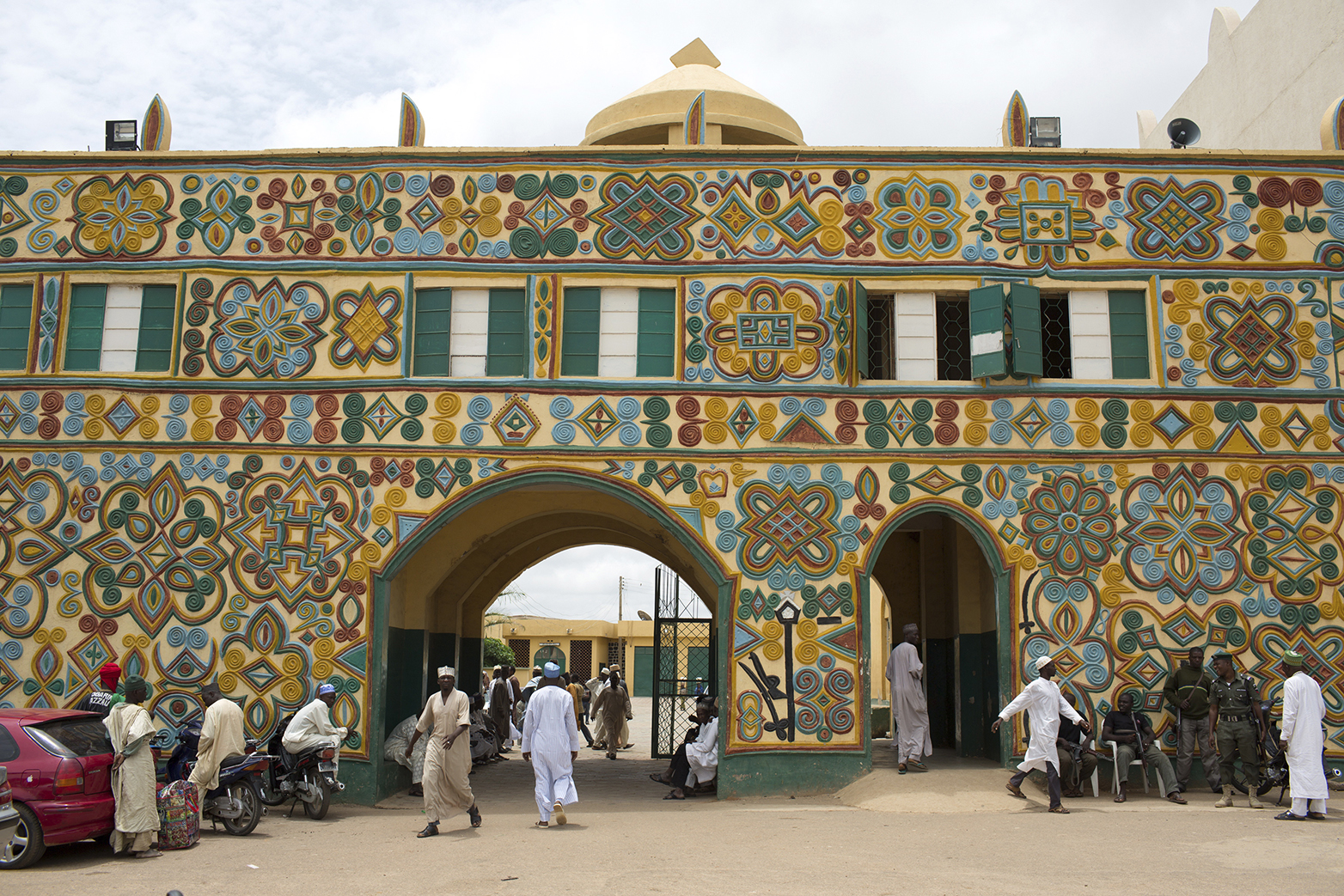The Role of Value Systems in Conflict Resolution
Understanding, “right-sizing,” and adequately respecting the role of value systems in conflict transformation avoids both over- and under-emphasis. It aims at a better understanding of the interplay between tangible conflict issues and religious or secular value systems, argue Abbas Aroua, Jean-Nicolas Bitter and Simon J. A. Mason in this CSS Policy Perspective.

People walk outside the Emir of Zaria’s palace in Zaria, Nigeria, July 17, 2014. Joe Penney / Reuters
Key Points:
- The problem: The role of religious or secular value systems in conflict can be either over- or under-emphasized. Both tendencies can hinder conflict transformation. Over-emphasis can lead to a disconnect from tangible conflict issues (e.g. economic situation, human rights, legal-institutional set-up), while under-emphasis can lead to a lack of understanding of how actors give meaning to such tangible conflict issues.
- Conflict analysis: Appropriate conflict analysis is key. The Attitudes/ Behavior/Contradiction (ABC) triangle is one structured way of doing this. Even when tangible Contradictions are seen as the main “root causes” – i.e., lack of socioeconomic opportunities, poor governance, and violations of human rights – carefully considering the role of Attitudes may help address conflict Contradictions and Behavior.
- Re-interpretation: A change in attitude often precedes an actor’s decision to stop using violence. This may require a (re-)interpretation or re-reading of the actor’s value systems, even if the value systems as such do not change. Such interpretation processes often entail an exploration of the many practical ways that actors can work towards their desired goals, all of which are options remaining in the actor’s value system. This work requires knowledge of the value system and context.
- Third parties: Local and international peacebuilders can play complementary roles. To be effective, they need to be perceived as honest, fair, and impartial by the conflict actors.